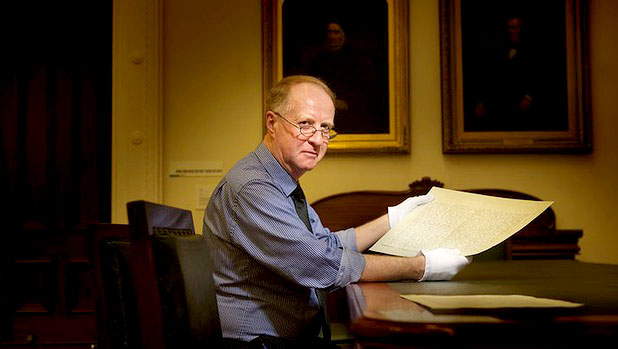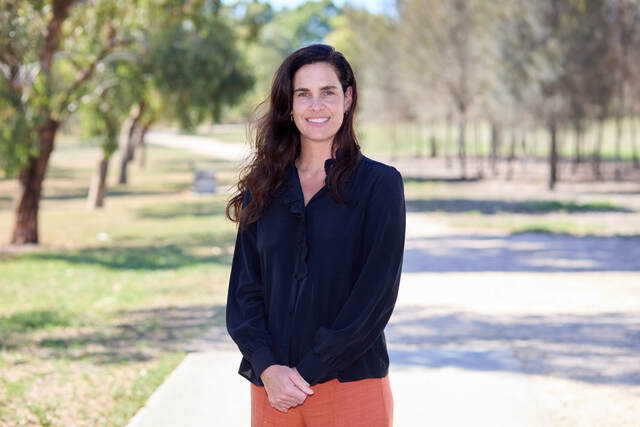A historian says it’s astonishing that a letter has emerged giving an eyewitness account on the Kelly Gang’s 1880 siege of Glenrowan.
In the letter, Scottish immigrant Donald Sutherland tells of seeing a calm Ned Kelly being comforted by sobbing sisters after being shot and captured.
Sutherland writes of later viewing the charred bodies of two other gang members, Ned’s brother Dan Kelly and Steve Hart.
Sutherland sent the dramatic letter to his parents, innkeepers in the tiny Scottish Highlands village of Mybster. He included hair from the tail of Ned Kelly’s horse, which hasn’t survived. The letter was handed down to relatives in Scotland, England, then Canada.
The family transcribed it earlier this year and after researching Kelly memorabilia institutions, they donated the letter to the State Library of Victoria, where it will go on display from Monday.
On June 28, 1880, the last day of the siege, Sutherland, a bank teller, rushed the 17 kilometres from Glenrowan to Oxley “to have a look at the desperados who caused me so many dreams and sleepless nights”.
The letter tells of seeing Ned Kelly, after his famous armour-clad shootout with police and subsequent capture, “lying on a stretcher quite calm and collected” despite being badly wounded in the legs and arms.
“Ned does not at all look like a murderer and bushranger – he is a very powerful man aged about 27, black hair and beard with a soft mild looking face and eyes – his mouth being the only wicked portion of the face,” Sutherland writes.
Two of Ned’s sisters are “crying in a mournful strain at his side”, with a third, Kate, “sitting at his head with her arms around his neck”.
Sutherland says he had feared the gang while they were on the run, but reveals a customer of the Oxley bank had convinced them not to rob it. It’s not clear whether Sutherland read about, or was there, when police set fire to the Glenrowan Inn where remaining gang members held out.
But Sutherland says that that night he struck a match and lifted sheets to show a crowd the remains of Dan Kelly and Steve Hart: “They presented a horrible appearance being roasted to a skeleton, black and grim reminding me of old Knick himself”.
State librarian Sue Roberts said it was “a very personal account of events that have become part of Australian folklore”. The donation of the letter was “extremely generous”. It would join Ned Kelly’s armour and the Jerilderie Letter in the library’s Changing Face of Victoria exhibition.
Sutherland’s great-great niece Marina Eaton, of Woburn Sands, north of London, said she and her cousins felt “the letter should go to where it was most appreciated, rather than be in someone’s drawer at home”.
Kelly scholar Alex McDermott said he was “astonished” to see a new account of the siege 133 years later. “It’s one of the most studied and scrutinised and iconic events in Australian history, and to have a new account emerge is staggering,” said Mr McDermott.
He said Sutherland gives an unbiased, “everyman” view.
The letter describes Sergeant Steele – who shot down Kelly and has been demonised by Kelly sympathisers – as “a very nice fellow”.







